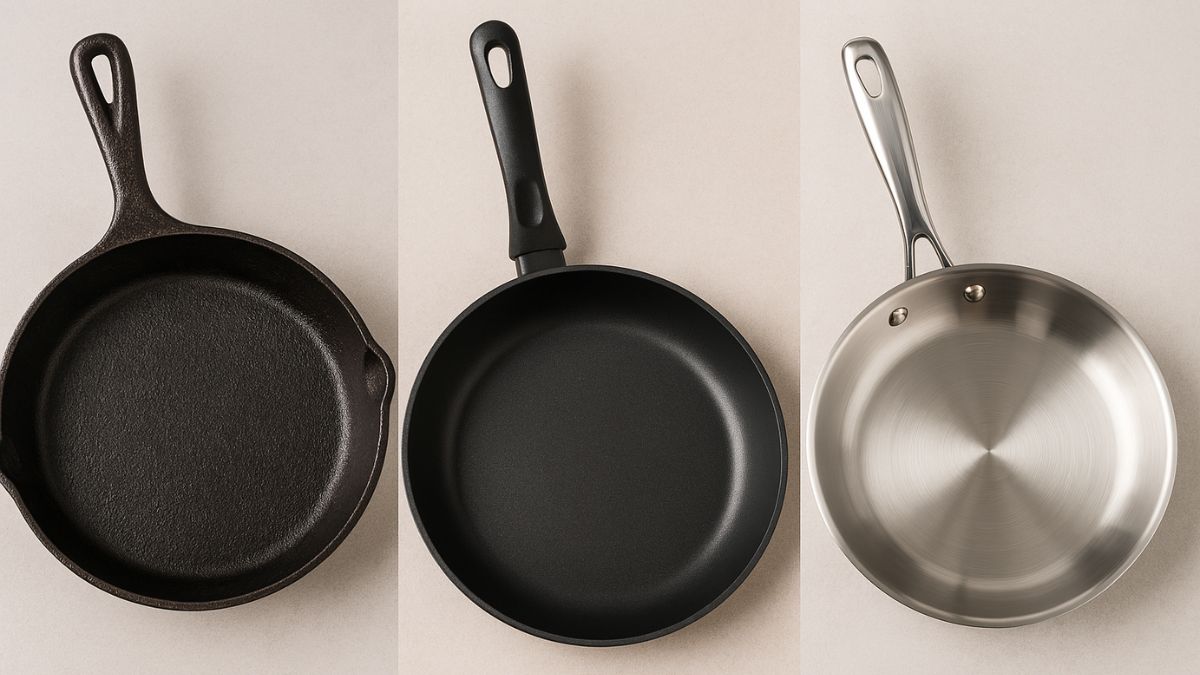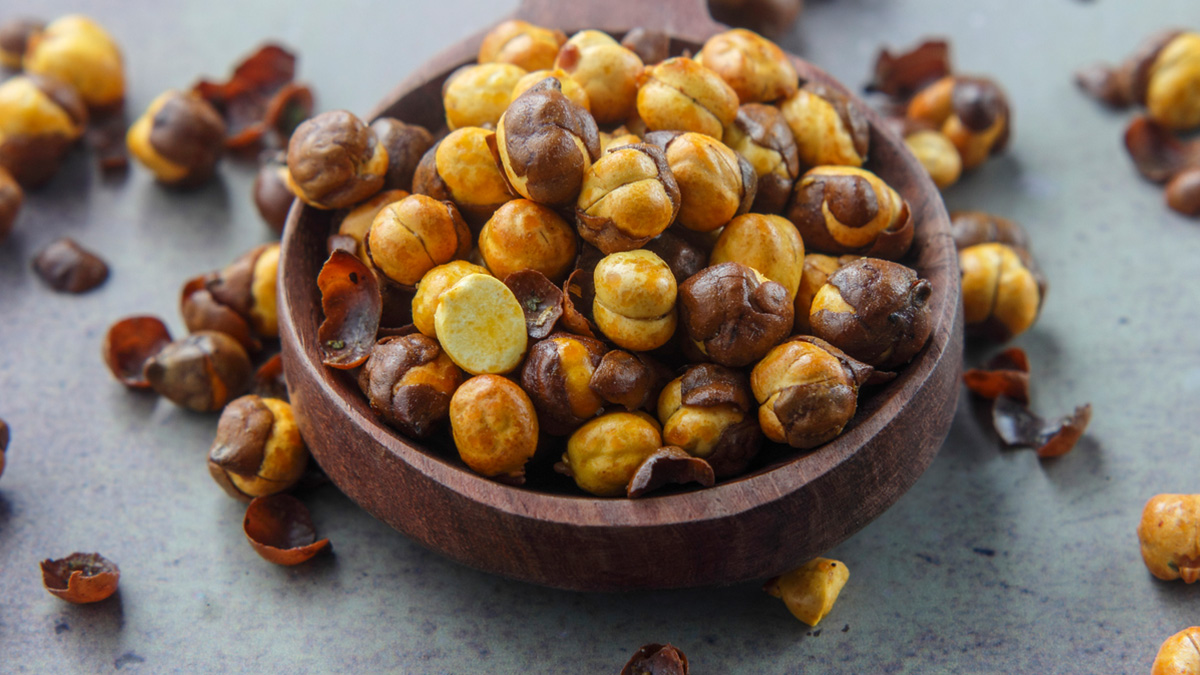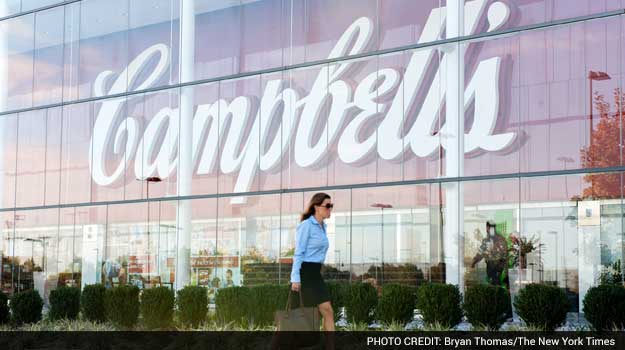Food companies tinker with the signature products in their portfolios at their own risk — and few products are as classic as Campbell’s chicken noodle soup. Now, Campbell Soup is altering its famous broth, with the new recipe appearing first in a limited-edition line in cans festooned with Chewbacca and other figures from the coming “Star Wars” film.The new version of its chicken noodle soup contains 20 ingredients, most of which can be found in the average home kitchen, compared with 30 in its previous incarnation (sold last year in cans featuring the Avengers).“We’re closing the gap between the kitchen and our plants,” said Denise M. Morrison, chief executive of Campbell.
Under Morrison’s leadership, which began in 2011, Campbell has moved quickly to address changing trends in the marketplace for food and to try to stanch the gradual decline in unit sales, a measurement of the number of cans of soup sold. The company is banishing ingredients that today’s consumers do not like and using advertising and social media to have a conversation with consumers about what it is doing. Acquisitions have also given Campbell toeholds in new markets and brought new ideas to the organization.“Before, when we talked about our business, we talked about how many cases we shipped,” Morrison said in an interview here in her office. “Today, we’re talking about our food” — as in what’s in it, where it comes from and what effect it has on the environment.Changing those traditional recipes carries quite a bit of risk.“It’s a delicate balance because these products are beloved,” said Charles Vila, vice president for consumer and customer insights at Campbell. “Their profile has become very defined in the consumer mind over the years, so any change we make is very carefully considered.”The company also has an incentive to bolster the anemic sales of soup, its core product.Globally, soup sales peaked in 2012 at $16.2 billion and have stagnated since, last year ringing up $16 billion, according to Euromonitor, a consumer research firm. Euromonitor estimates that sales will fall further this year, to a little more than $15 billion.Reasons for soup’s slump are hard to pin down, said Emily Balsamo, a research analyst at Euromonitor.“It’s a similar situation in a lot of categories, I would say, where I think there’s just a lot of distrust of larger, established food companies,” Balsamo said. “Within the soup category, and even within canned soup category, smaller brands like Annie’s and Amy’s Naturals or Hain Celestials are doing relatively better — maybe it has something to do with them being largely organic.”In fact, Balsamo said, early sales of Campbell’s new line of organic soup sold in cartons are strong.But Campbell, which largely relies on the United States market for its soup sales, has more to lose than most other big companies selling soup. Campbell Soup accounted for almost three-quarters of the $1.6 billion in condensed soup sales here last year, but its unit sales fell more than 5 percent, according to IRI, a data and research firm.The company also dominates the ready-to-eat soup business, but there, too, it lost more than 5 percent of market share last year. (Campbell has attributed some of the decline to reductions it made in promotional deals with grocery chains.)Other big soup producers like General Mills, which makes the Progresso brand, and private-label soup brands also declined in sales. IRI data shows, on the other hand, that Pacific Foods of Oregon, a maker of organic soup, is gaining market share.Morrison speaks more candidly than most of her peers about the effect that changing consumer preferences and demographics are having on Campbell and other large food companies, which she described as “seismic shifts.”“There are 80 million millennials now, and they’re shopping and thinking differently about food and in a way that is influential,” she said.She said changes in the family are also challenging food companies. “Families now are multicultural, multigenerational, single parent, same sex, mixed and traditional,” Morrison said.She also noted that the numbers of middle-class consumers, who powered sales for so long, are shrinking. “Food companies largely serve the mainstream, but there’s a shrinking middle class in the U.S., a widening chasm between the haves and have-nots,” Morrison said.About a year after Morrison took the helm, Campbell shocked its peers by buying Bolthouse, a maker of juice and salad dressings, and overnight became one of the world’s largest carrot growers. Bolthouse gave Campbell entree to the coveted perimeter of the grocery store at a time when consumers were increasingly shunning the middle aisles that were long home to the company’s products.The next year, Campbell bought Plum Organics, a fast-growing producer of pouched baby and children’s foods that deftly uses social media to connect with consumers. In the last year, 40 percent of Campbell’s advertising budget has gone to social media and digital advertising, in large part based on what it has learned from Plum, according to Mark Alexander, president of the company’s U.S. business.Campbell then opened an avenue into China with the purchase of the Kelsen Group, a Danish maker of cookies and snacks with an impressive footprint in Asia. And this year, Campbell acquired the tiny Garden Fresh Gourmet, a purveyor of refrigerated salsas and dips, in a nod to the growth of snacking.At the same time, Campbell has added new products like Skillet Sauces, sold in pouches, and Slow Kettle soups in tubs — just heat and eat. Such products play the same role in America’s kitchen as Campbell’s soup did in the past, offering kitchen cooks shortcuts and busy consumers a quick meal.“We’ve really accelerated our innovation program,” Alexander said. “About 11 or 12 percent of our sales last year came from products launched in the last three years, compared to mid-single digits in the past.”Campbell is retooling its traditional portfolio as rapidly as it can.“The biggest challenge was time,” said Jesse Fellows, a senior technologist for product development at Campbell, who was charged with simplifying chicken noodle soup.It took two months of intense work to come up with the balance of ingredients that would produce a broth and noodles that tasted the same or better than the soup that had been produced the same way since 2011, when Campbell’s tweaked the spices and reduced the beta carotene used to impart color.Those were relatively simple changes. Fellows was asked for a more thorough overhaul aimed at getting rid of ingredients that are out of favor, things like monosodium glutamate, or MSG, and disodium inosinate and disodium guanylate, which enhance flavor, as well as things like vegetable oil and cornstarch. (Celery was eliminated because child taste-testers didn’t like the flavor, a spokeswoman said.)By changing the proportion of yeast extract and other flavorings, Fellows said, he was able to offset the loss of the chemical flavor enhancers. And working with Campbell’s chefs, he added and subtracted things like water and dehydrated chicken broth.“The culinary department owns the flavor, and we worked hard to uphold the reputation of chicken noodle soup,” said Bryan Cozzi, a test chef at Campbell.But the process does not end when Fellows and Cozzi finish their work. They may be sent back to the drawing board if the new formulation adds cost to a product.“Often the biggest challenge is affordability,” said Jeff George, vice president for research and development. “In some cases, we can pass on the cost, but often, we can’t.”Campbell may even tinker with shipping cases and labels to bring the cost in line.This fall, Campbell began a new advertising campaign, “Made for Real, Real Life,” which aims to reintroduce consumers to the idea that soup can be a staple in the kitchen. The first spot in the series, which features a gay couple feeding their young son Campbell’s Star Wars chicken noodle soup, kicked up a controversy, but Campbell’s shrugged it off.“No one has seen the whole campaign,” Campbell’s Vila said. “There are a variety of families in it, reflecting the mosaic of families we have in America today.”The second ad in the series features a mother and father preparing an organic tomato soup for their son. “At least we know what he’s eating,” the young father says to his wife — oblivious to his son, licking a glue stick at the table.In the kitchens here, food scientists and chefs are gingerly tinkering with Campbell’s classic tomato soup. Mostly, that is about replacing high fructose corn syrup with sugar. But that changes the taste and texture slightly — one test version was less sweet, more tangy and slightly less silky in the mouth.“Will that make a difference to consumers who’ve eaten this soup for years and love it just the way it is?” George said. “That’s the question we ask ourselves over and over again.”© 2015 New York Times News Service
Under Morrison’s leadership, which began in 2011, Campbell has moved quickly to address changing trends in the marketplace for food and to try to stanch the gradual decline in unit sales, a measurement of the number of cans of soup sold. The company is banishing ingredients that today’s consumers do not like and using advertising and social media to have a conversation with consumers about what it is doing. Acquisitions have also given Campbell toeholds in new markets and brought new ideas to the organization.“Before, when we talked about our business, we talked about how many cases we shipped,” Morrison said in an interview here in her office. “Today, we’re talking about our food” — as in what’s in it, where it comes from and what effect it has on the environment.Changing those traditional recipes carries quite a bit of risk.“It’s a delicate balance because these products are beloved,” said Charles Vila, vice president for consumer and customer insights at Campbell. “Their profile has become very defined in the consumer mind over the years, so any change we make is very carefully considered.”The company also has an incentive to bolster the anemic sales of soup, its core product.Globally, soup sales peaked in 2012 at $16.2 billion and have stagnated since, last year ringing up $16 billion, according to Euromonitor, a consumer research firm. Euromonitor estimates that sales will fall further this year, to a little more than $15 billion.Reasons for soup’s slump are hard to pin down, said Emily Balsamo, a research analyst at Euromonitor.“It’s a similar situation in a lot of categories, I would say, where I think there’s just a lot of distrust of larger, established food companies,” Balsamo said. “Within the soup category, and even within canned soup category, smaller brands like Annie’s and Amy’s Naturals or Hain Celestials are doing relatively better — maybe it has something to do with them being largely organic.”In fact, Balsamo said, early sales of Campbell’s new line of organic soup sold in cartons are strong.But Campbell, which largely relies on the United States market for its soup sales, has more to lose than most other big companies selling soup. Campbell Soup accounted for almost three-quarters of the $1.6 billion in condensed soup sales here last year, but its unit sales fell more than 5 percent, according to IRI, a data and research firm.The company also dominates the ready-to-eat soup business, but there, too, it lost more than 5 percent of market share last year. (Campbell has attributed some of the decline to reductions it made in promotional deals with grocery chains.)Other big soup producers like General Mills, which makes the Progresso brand, and private-label soup brands also declined in sales. IRI data shows, on the other hand, that Pacific Foods of Oregon, a maker of organic soup, is gaining market share.Morrison speaks more candidly than most of her peers about the effect that changing consumer preferences and demographics are having on Campbell and other large food companies, which she described as “seismic shifts.”“There are 80 million millennials now, and they’re shopping and thinking differently about food and in a way that is influential,” she said.She said changes in the family are also challenging food companies. “Families now are multicultural, multigenerational, single parent, same sex, mixed and traditional,” Morrison said.She also noted that the numbers of middle-class consumers, who powered sales for so long, are shrinking. “Food companies largely serve the mainstream, but there’s a shrinking middle class in the U.S., a widening chasm between the haves and have-nots,” Morrison said.About a year after Morrison took the helm, Campbell shocked its peers by buying Bolthouse, a maker of juice and salad dressings, and overnight became one of the world’s largest carrot growers. Bolthouse gave Campbell entree to the coveted perimeter of the grocery store at a time when consumers were increasingly shunning the middle aisles that were long home to the company’s products.The next year, Campbell bought Plum Organics, a fast-growing producer of pouched baby and children’s foods that deftly uses social media to connect with consumers. In the last year, 40 percent of Campbell’s advertising budget has gone to social media and digital advertising, in large part based on what it has learned from Plum, according to Mark Alexander, president of the company’s U.S. business.Campbell then opened an avenue into China with the purchase of the Kelsen Group, a Danish maker of cookies and snacks with an impressive footprint in Asia. And this year, Campbell acquired the tiny Garden Fresh Gourmet, a purveyor of refrigerated salsas and dips, in a nod to the growth of snacking.At the same time, Campbell has added new products like Skillet Sauces, sold in pouches, and Slow Kettle soups in tubs — just heat and eat. Such products play the same role in America’s kitchen as Campbell’s soup did in the past, offering kitchen cooks shortcuts and busy consumers a quick meal.“We’ve really accelerated our innovation program,” Alexander said. “About 11 or 12 percent of our sales last year came from products launched in the last three years, compared to mid-single digits in the past.”Campbell is retooling its traditional portfolio as rapidly as it can.“The biggest challenge was time,” said Jesse Fellows, a senior technologist for product development at Campbell, who was charged with simplifying chicken noodle soup.It took two months of intense work to come up with the balance of ingredients that would produce a broth and noodles that tasted the same or better than the soup that had been produced the same way since 2011, when Campbell’s tweaked the spices and reduced the beta carotene used to impart color.Those were relatively simple changes. Fellows was asked for a more thorough overhaul aimed at getting rid of ingredients that are out of favor, things like monosodium glutamate, or MSG, and disodium inosinate and disodium guanylate, which enhance flavor, as well as things like vegetable oil and cornstarch. (Celery was eliminated because child taste-testers didn’t like the flavor, a spokeswoman said.)By changing the proportion of yeast extract and other flavorings, Fellows said, he was able to offset the loss of the chemical flavor enhancers. And working with Campbell’s chefs, he added and subtracted things like water and dehydrated chicken broth.“The culinary department owns the flavor, and we worked hard to uphold the reputation of chicken noodle soup,” said Bryan Cozzi, a test chef at Campbell.But the process does not end when Fellows and Cozzi finish their work. They may be sent back to the drawing board if the new formulation adds cost to a product.“Often the biggest challenge is affordability,” said Jeff George, vice president for research and development. “In some cases, we can pass on the cost, but often, we can’t.”Campbell may even tinker with shipping cases and labels to bring the cost in line.This fall, Campbell began a new advertising campaign, “Made for Real, Real Life,” which aims to reintroduce consumers to the idea that soup can be a staple in the kitchen. The first spot in the series, which features a gay couple feeding their young son Campbell’s Star Wars chicken noodle soup, kicked up a controversy, but Campbell’s shrugged it off.“No one has seen the whole campaign,” Campbell’s Vila said. “There are a variety of families in it, reflecting the mosaic of families we have in America today.”The second ad in the series features a mother and father preparing an organic tomato soup for their son. “At least we know what he’s eating,” the young father says to his wife — oblivious to his son, licking a glue stick at the table.In the kitchens here, food scientists and chefs are gingerly tinkering with Campbell’s classic tomato soup. Mostly, that is about replacing high fructose corn syrup with sugar. But that changes the taste and texture slightly — one test version was less sweet, more tangy and slightly less silky in the mouth.“Will that make a difference to consumers who’ve eaten this soup for years and love it just the way it is?” George said. “That’s the question we ask ourselves over and over again.”© 2015 New York Times News Service
Advertisement












